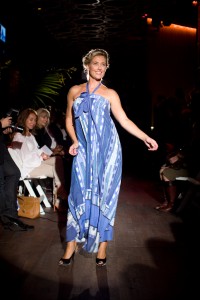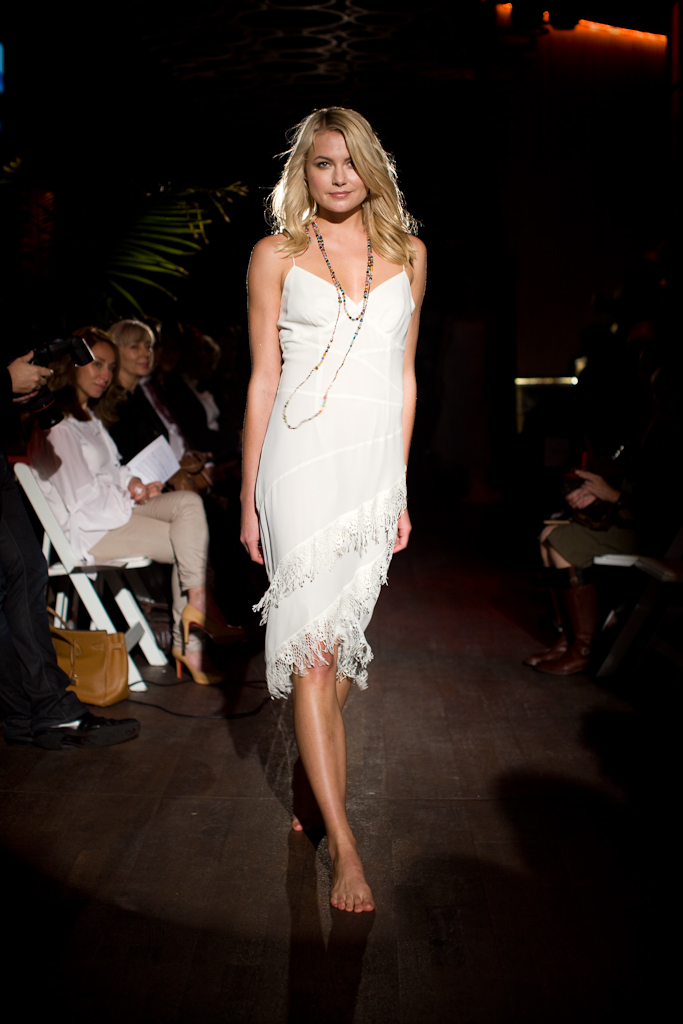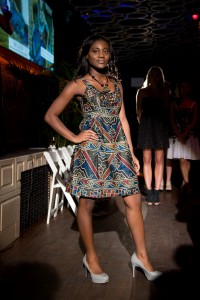By Laura Palotie
In the U.S., Independence Day is celebrated with streamers and fanfare; in Finland, it’s with the quiet glow of torches amidst the falling snow. The 93-year-old nation’s Christmas traditions distinguish themselves with their preference for quiet reflection – our holiday songs are notably melancholy and each December 24th, an official Christmas Peace is declared. December 6th, the day marking our independence from Russia, fits right into the season. The streets quiet down, the windows become dotted with white-and blue candles, and most families opt to celebrate at home. The day’s flashiest celebration, the president’s Independence Day reception, is greeted each year by a group of loud protesters who view the event (modest and toned-down by most head-of-state standards) as an elitist occasion for the rich and privileged.
Yesterday, my second Independence Day in Finland after 11 spent in the U.S., I braved the blizzard and headed to central Helsinki to observe what my friend coined “the most patriotic tradition a Finn can partake in": a torchlight procession made up of students at the University of Helsinki. Wearing their white graduation caps, the students make their way through the epicenter of the city and congregate on Senate Square where the all-male Helsinki University Chorus sings Sibelius’s Finlandia.
Their singing is a textbook example of the unabashed power of dynamics and intonation, and listening to Veikko Antero Koskenniemi’s lyrics of a small country retaining its footing through years of oppression is the perfect cure for the ignorance that frequently stems from privilege. The sea of torches, made up of individual students who, simply enough, want to be part of it all, is the sincerest way of expressing that our generation hasn’t yet taken independence for granted. No gunshots or fireworks needed.














